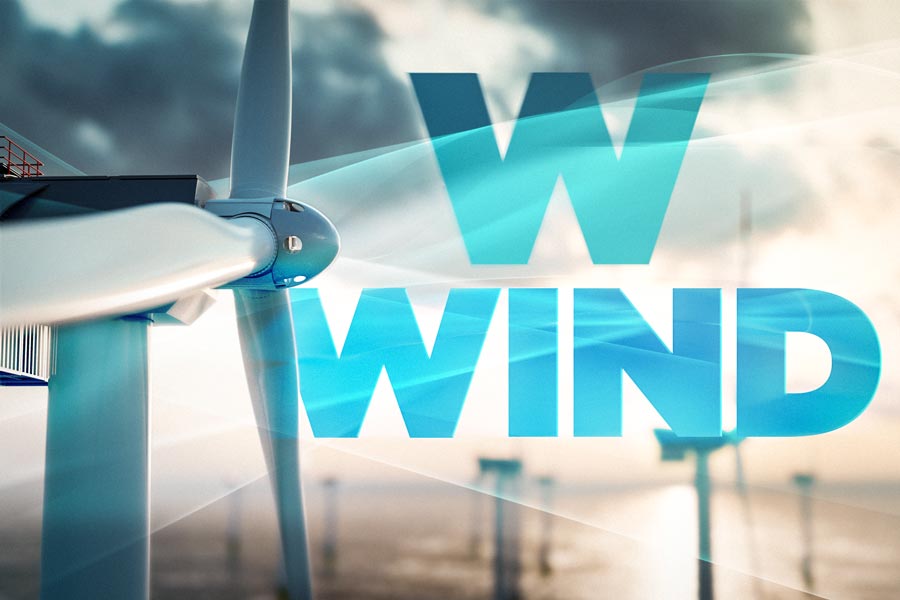Hydrogen From A to Z: W for Wind
By: GenH2 Staff
Read Time: 3 minutes
Defining Hydrogen from A to Z: W is for Wind
By GenH2 Staff 3 MINUTE READ
Continuing on in our Defining the Hydrogen Economy from A-to-Z series, we are discussing Wind Energy for the alphabet W, reminding ourselves of the helpful aspect of wind when not facing a Hurricane situation like Ian this past week.
Wind energy is one of the most commonly used renewable energies, along with hydropower and solar energy. The power of wind has been utilized for thousands of years, since humans began sailing ships, and has been widely used throughout history. The use of wind energy can be traced back to ancient times when wind-powered machines were used to ground grain and pump water. The windmill and wind pump were first developed in what are now Iran, Afghanistan and Pakistan by the 9th century, with the first reference to windmills in Europe dating back to the twelfth century.
Historically in 1850, the U.S. Wind Engine Company was established by Daniel Halladay and John Burnham, who built the Halladay Windmill, which was designed specifically for the landscape of the American West. However, the first wind turbine used for the production of electricity was built in Scotland in 1887 by Prof. James Blyth of Anderson’s College, Glasgow. Blyth’s 10 m high, cloth-sailed wind turbine was installed in the garden of his holiday cottage, thus making it the first house in the world to have its electricity supplied by wind power. Wind turbines use blades to collect the wind’s kinetic energy. Wind flows over the blades creating lift (similar to the effect on airplane wings), which causes the blades to turn. The blades are connected to a drive shaft that turns an electric generator, which produces electricity.
Today, wind energy is one of the fastest-growing energy sources in the world and is the third-largest energy generating capacity in the United States. Advances in wind energy technology have decreased the cost of producing electricity from wind while government requirements and financial incentives for renewable energy in the United States and in other countries have contributed to growth in wind power. The U.S. Wind Turbine Database (USWTDB) reports that, as of January 2022, there are more than 70,800 turbines across the United States.
According to the Global Wind Energy Council (GWEC), 2020 was the best year in history for the global wind industry with 93 GW of new capacity installed – a 53 per cent year-on-year increase. However, in the 2021 Global Wind Report, it is suggested that the world needs to be installing wind power three times faster over the next decade in order to stay on a net zero pathway and the goal of net zero emissions by 2050.
On the pathway to zero emissions, wind-generated electricity can power water electrolysis using electrolyzers to produce hydrogen which is then liquefied to liquid hydrogen and stored as the clean energy carrier for use on demand. GenH2’s mission in using liquid hydrogen as the energy carrier also provides the option for using wind as a renewable energy source along with other and innovative hydrogen production pathways. Follow us at GenH2 as we bring practical and important infrastructure solutions to the hydrogen value chain.



